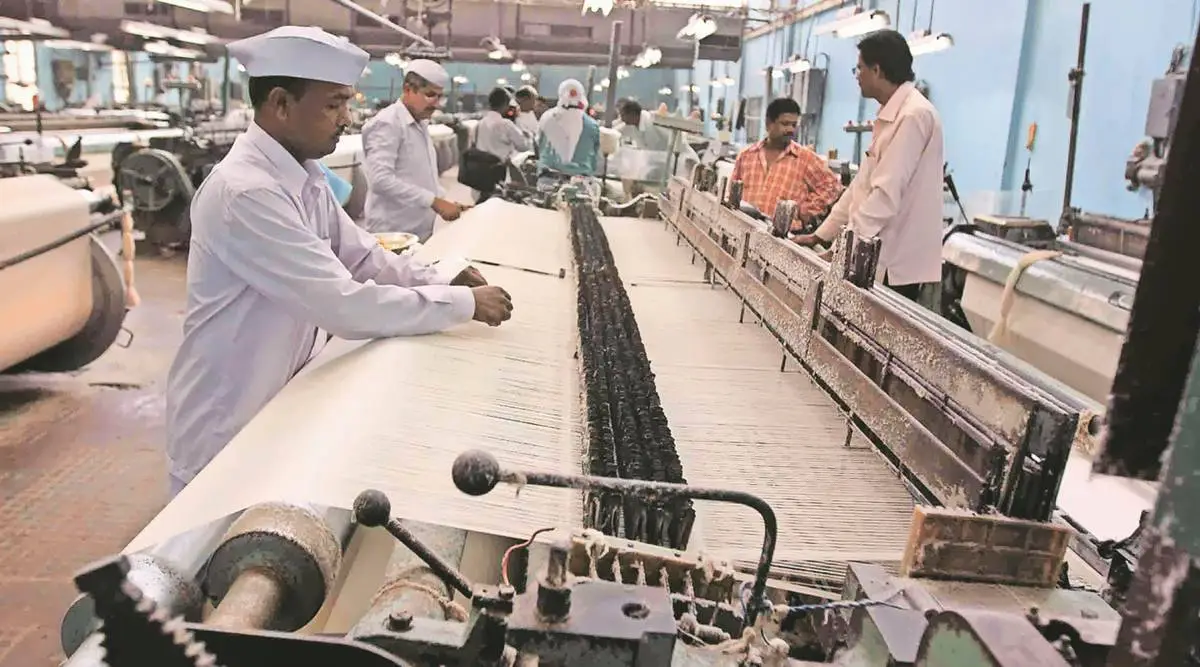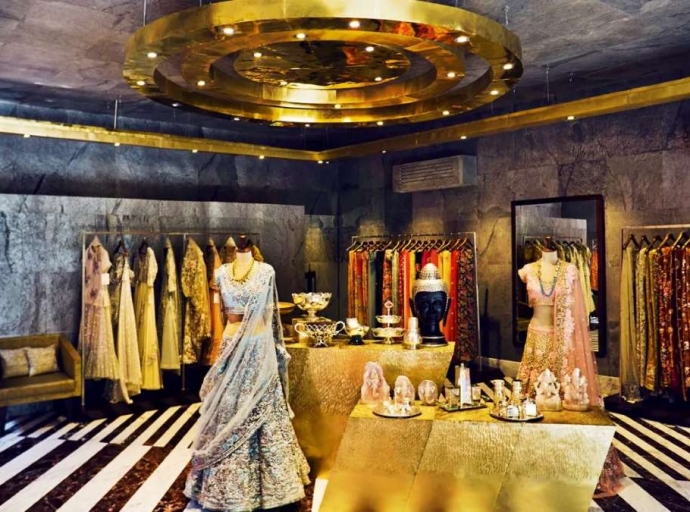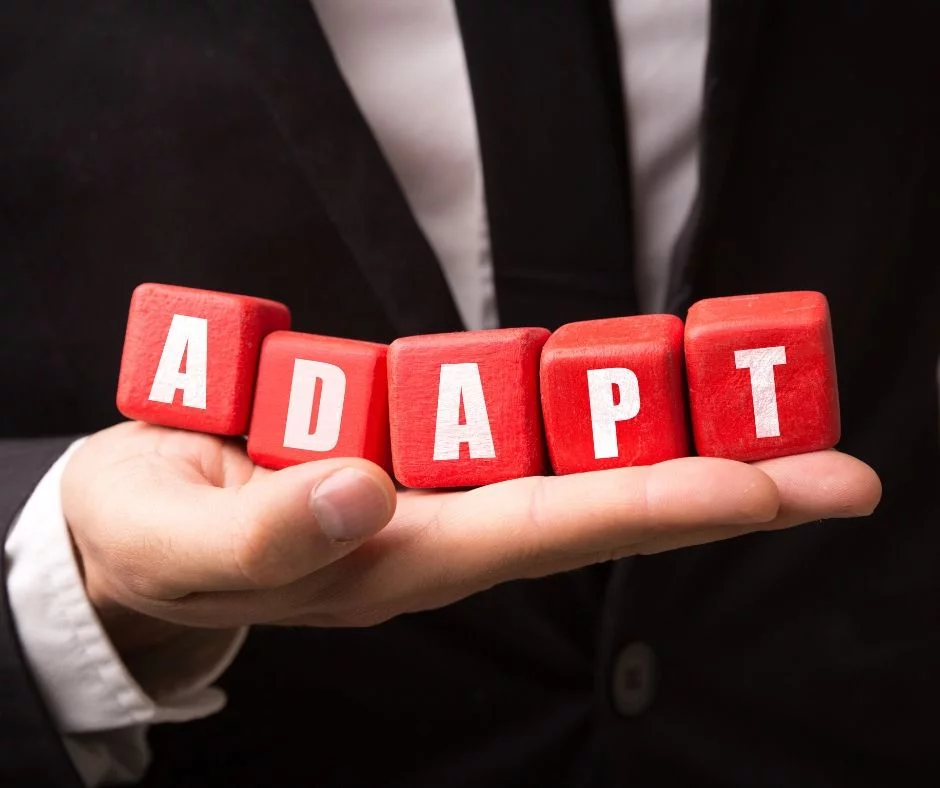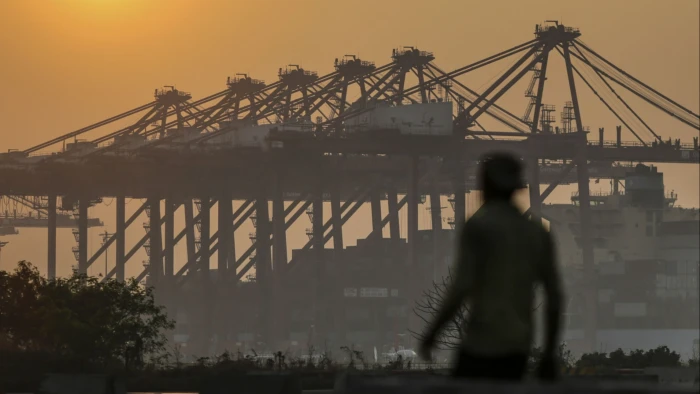03 February 2024, Mumbai
But Domestic Market Faces Headwinds
Strong export growth masks the domestic slowdown in India's cotton yarn industry.
India's cotton yarn industry is expected to witness remarkable growth of 12–14% in FY24, driven by a massive 85–90% surge in exports.
This export boom is fueled by a shift in sourcing away from China and rising demand for spring and summer textiles in the US and EU.
However, the picture is not entirely rosy. A significant drop in cotton prices is likely to cause a 9-10% decline in revenues, impacting domestic demand.
Export surge driven by China shift and global textile demand
Yarn exports have already soared by 142% in the first seven months of FY24, with increased shipments to China playing a key role.
This has pushed the share of exports in overall production from 19% to 33%. Bangladesh, China, and Vietnam remain the top buyers, accounting for 60% of Indian yarn exports.
Geopolitical risks and domestic cotton woes:
While the ongoing Red Sea conflict poses no immediate threat, its escalation could impact apparel exports and subsequently harm both domestic and export demand for cotton yarn.
Domestic cotton production is expected to dip by 6% in 2024 due to reduced acreage and uneven rainfall. This, coupled with record highs in H1 FY23 followed by a steep decline, suggests a marginal increase in cotton prices from current levels.
Yarn prices and profitability under pressure:
Yarn prices have mirrored the downward trend in cotton prices, further impacted by weak demand from downstream apparel companies.
This is expected to result in a 9–10% decline in operating income and a 200–240 basis point drop in operating margins for spinners.
Investment outlook and future prospects:
The industry witnessed significant debt-funded capex in FY22 and FY23, but weak demand and lower realizations are currently putting major expansions on hold.
However, ICRA expects a pick-up in capex announcements by FY25, driven by modernization needs, the "China Plus One" strategy, and potential improvements in domestic apparel demand.
Sum & substance:
India's cotton yarn industry stands at a crossroads. While the export market is thriving, domestic challenges pose significant risks.
The industry's future success will depend on its ability to navigate these contrasting trends and adapt to shifting global dynamics.
5 Key Insights:
- Exports Boom: Global demand pushes yarn exports up 142%.
- Domestic Dip: Cotton price fall shrinks domestic demand 9-10%.
- China Shift: Geopolitical factors drive sourcing away from China.
- Prices Under Pressure: Downward trend in yarn prices squeezes margins.
- Future Uncertain: Capex on hold, waiting for domestic recovery.


































